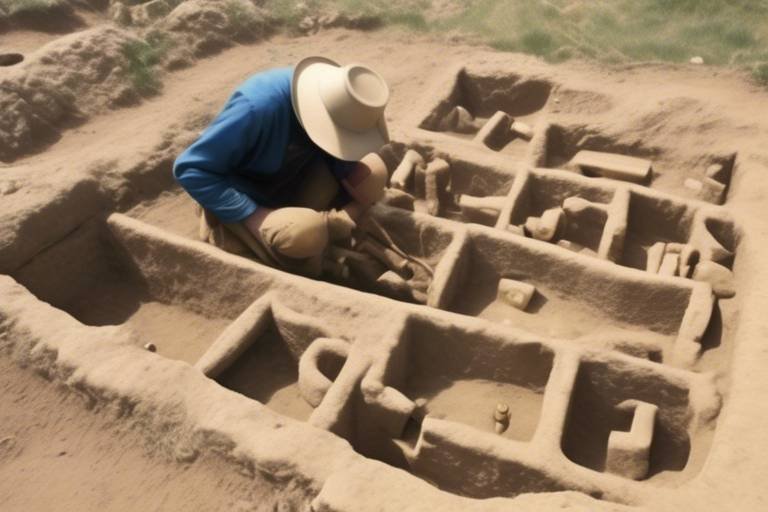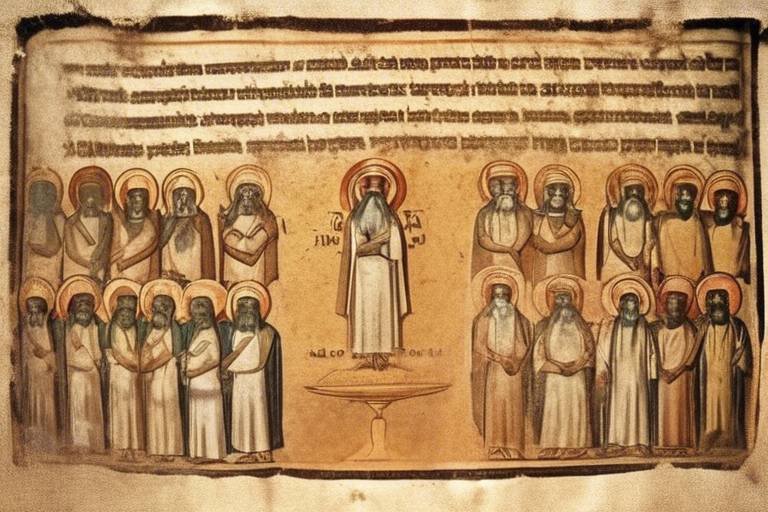The Role of Local Communities in Protecting Cultural Heritage
Local communities play a pivotal role in safeguarding and preserving cultural heritage, acting as the guardians of their shared history and traditions. Their involvement is essential in ensuring the conservation and sustainability of valuable cultural assets for future generations. By actively engaging in preservation projects, communities develop a sense of ownership, pride, and responsibility towards their heritage, fostering a deep connection that transcends time.
Despite the significant impact local communities have on cultural heritage protection, they face various challenges that threaten these precious sites and traditions. Issues such as financial constraints, resource limitations, rapid modernization, urban development, and the looming threat of natural disasters pose obstacles to the preservation efforts led by communities.
Financial constraints and resource limitations often hinder the ability of local communities to maintain and protect cultural heritage sites effectively. Limited funding and resources impact the overall conservation efforts, making it challenging to implement necessary preservation measures and ensure the longevity of these cultural assets.
The negative effects of modernization and urban development further compound the challenges faced by local communities in preserving cultural heritage. As cities expand and evolve, heritage sites are at risk of being overshadowed or even demolished in the name of progress, forcing communities to navigate the delicate balance between economic growth and cultural preservation.
Despite these challenges, there are inspiring success stories of community-led conservation initiatives that have revitalized and protected cultural heritage sites. These examples showcase the power of grassroots efforts and community collaboration in preserving the rich tapestry of history and traditions that define a community's identity.
To empower communities for sustainable preservation, strategies such as capacity building, education, and fostering partnerships are crucial. Education and awareness programs play a vital role in engaging local communities in heritage preservation, deepening their understanding of the significance of these sites and the need for their protection.
Collaborative partnerships between local communities, governmental authorities, NGOs, and international organizations are key in implementing sustainable conservation practices. By working together, these stakeholders can ensure the safeguarding of cultural heritage for future generations, preserving the legacy of the past for the benefit of all.
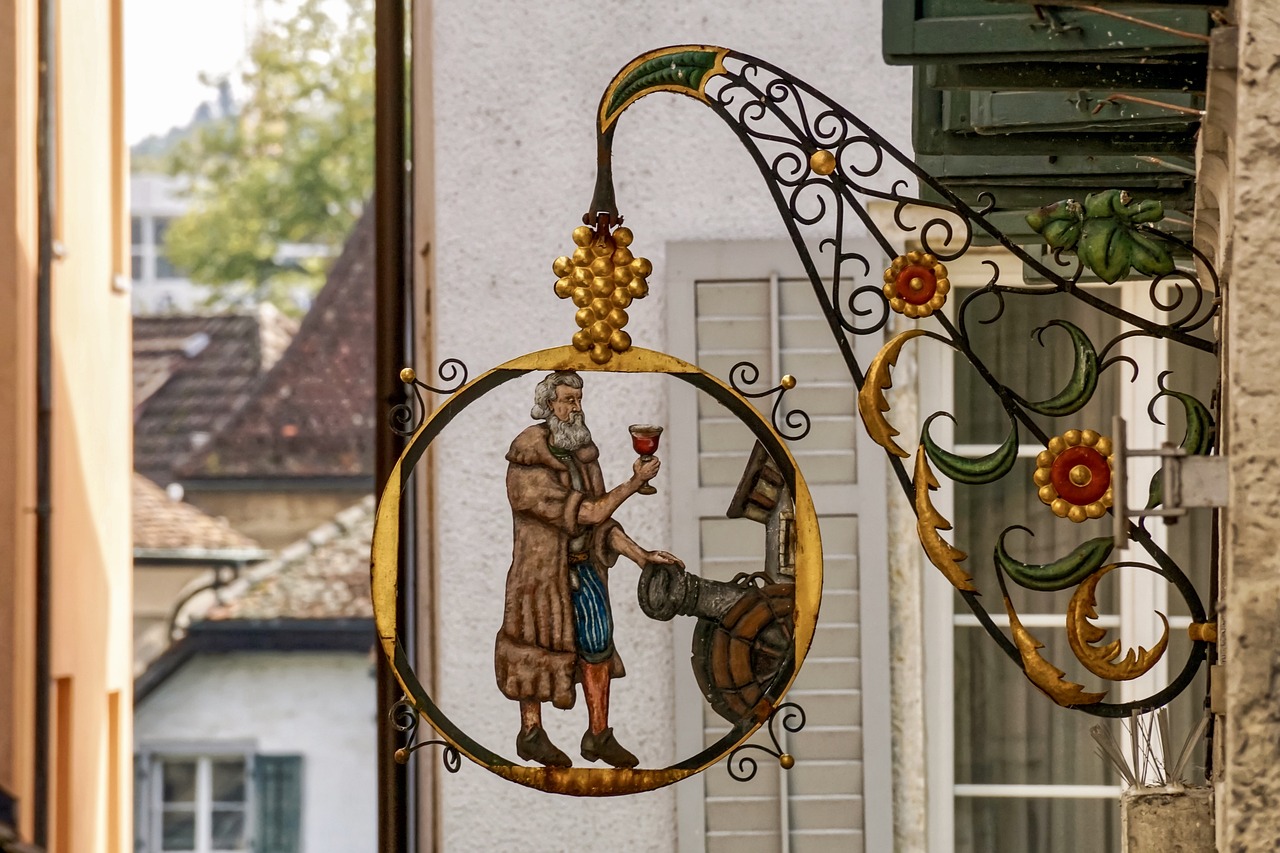
Preservation through Community Engagement
When it comes to preserving cultural heritage, the active involvement of local communities plays a crucial role in ensuring the longevity and authenticity of these treasured sites. By engaging with their own heritage, communities develop a sense of ownership, pride, and responsibility towards safeguarding their cultural legacy for future generations to cherish and learn from.
Imagine a small village nestled amidst ancient ruins, where every stone tells a story and every tradition holds centuries of wisdom. The residents, deeply connected to their heritage, take it upon themselves to protect and preserve these invaluable assets, not just for themselves but for the world to admire and appreciate.
Through community engagement, preservation efforts become more than just a task – they become a shared mission, a collective endeavor that unites individuals towards a common goal. This sense of unity and purpose strengthens the fabric of the community, instilling a deep-rooted commitment to safeguarding their cultural identity and history.
Moreover, community engagement fosters a sustainable approach to conservation, as local knowledge and practices are combined with modern techniques and expertise. This fusion of traditional wisdom and contemporary methods ensures that cultural heritage sites are not merely preserved but revitalized, breathing new life into age-old monuments and traditions.
By actively involving local communities in preservation projects, we not only protect physical structures but also safeguard intangible heritage – the stories, rituals, and customs that define a culture. Through this holistic approach, cultural heritage becomes more than just a relic of the past; it becomes a living, breathing testament to the resilience and creativity of communities across the globe.
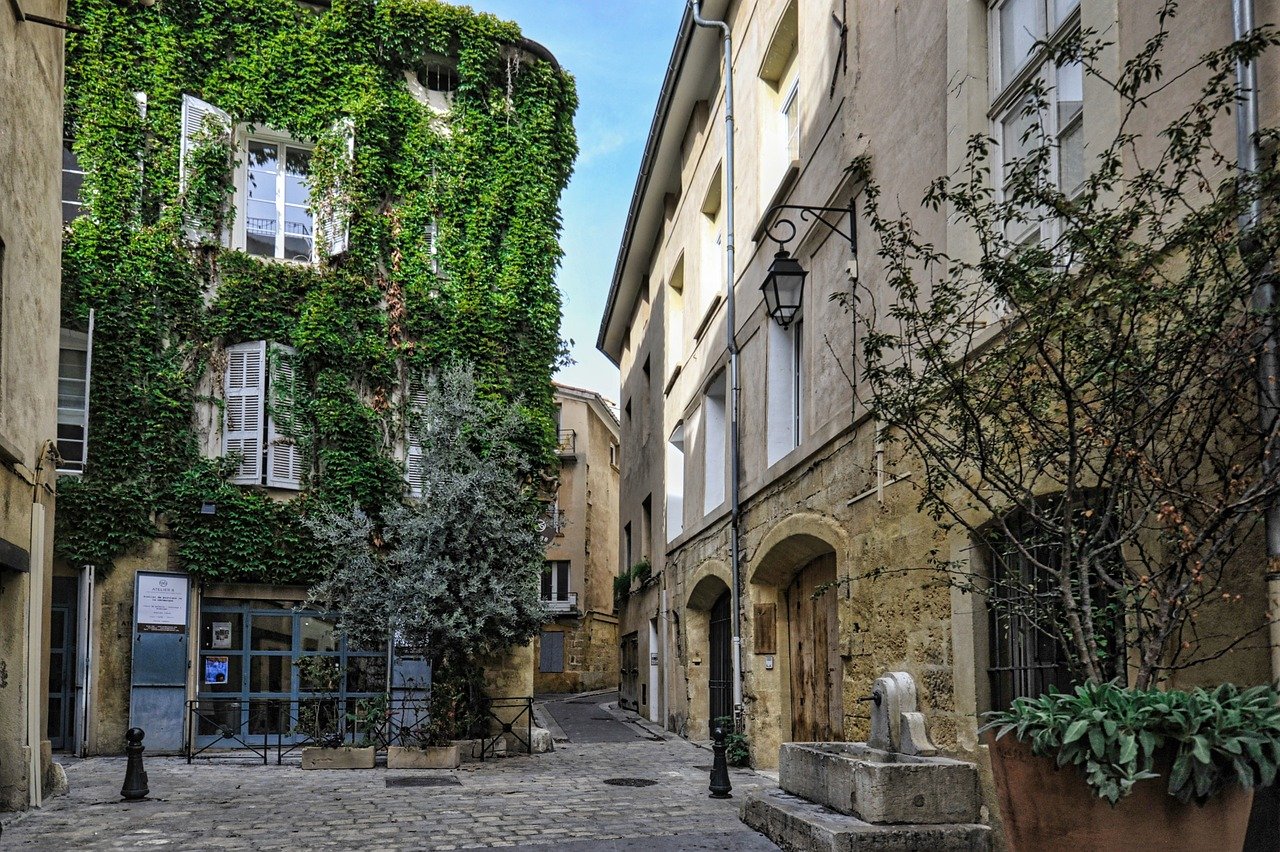
Challenges Faced by Local Communities
Local communities play a crucial role in safeguarding and preserving cultural heritage sites and traditions, acting as the guardians of their shared history and identity. However, these communities often face numerous challenges in fulfilling this responsibility, ranging from financial constraints to the pressures of modernization and urban development.
One of the primary challenges faced by local communities is the financial constraints and resource limitations that hinder their ability to effectively maintain and protect cultural heritage sites. Limited funding and resources make it difficult for communities to carry out necessary conservation efforts, leading to the deterioration of these valuable assets over time.
Moreover, the impact of modernization and urban development poses a significant threat to cultural heritage sites, as rapid urbanization often prioritizes economic growth over the preservation of historical landmarks. Local communities find themselves grappling with the need to balance progress with the protection of their cultural identity and heritage.
Additionally, the threat of natural disasters looms large over many cultural heritage sites, putting them at risk of irreparable damage or destruction. Local communities must navigate the challenges of disaster preparedness and resilience to ensure the continued existence of these important cultural landmarks.
In the face of these obstacles, local communities demonstrate resilience and determination in their efforts to protect and preserve cultural heritage for future generations. By addressing these challenges head-on and seeking innovative solutions, communities can ensure the sustainability and longevity of their cultural heritage assets.

Financial Constraints and Resource Limitations
Financial constraints and resource limitations pose significant challenges for local communities in their efforts to protect and preserve cultural heritage sites. Limited funding and resources often hinder the ability of communities to maintain and safeguard these valuable assets, impacting the overall conservation efforts and sustainability of heritage sites.
Without adequate financial support, local communities struggle to carry out necessary conservation activities such as restoration, maintenance, and protection of cultural heritage sites. This lack of funding can lead to neglect and deterioration of these sites, putting them at risk of irreversible damage or loss.
In addition to financial constraints, resource limitations also play a crucial role in impeding the conservation efforts of local communities. The scarcity of skilled labor, materials, and technology further complicates the task of preserving cultural heritage sites effectively.
Moreover, the competition for resources among various development projects often leaves cultural heritage initiatives at a disadvantage, as they are perceived as less economically viable compared to other ventures. This creates a challenging environment for communities striving to balance the preservation of their heritage with the demands of modernization and economic growth.
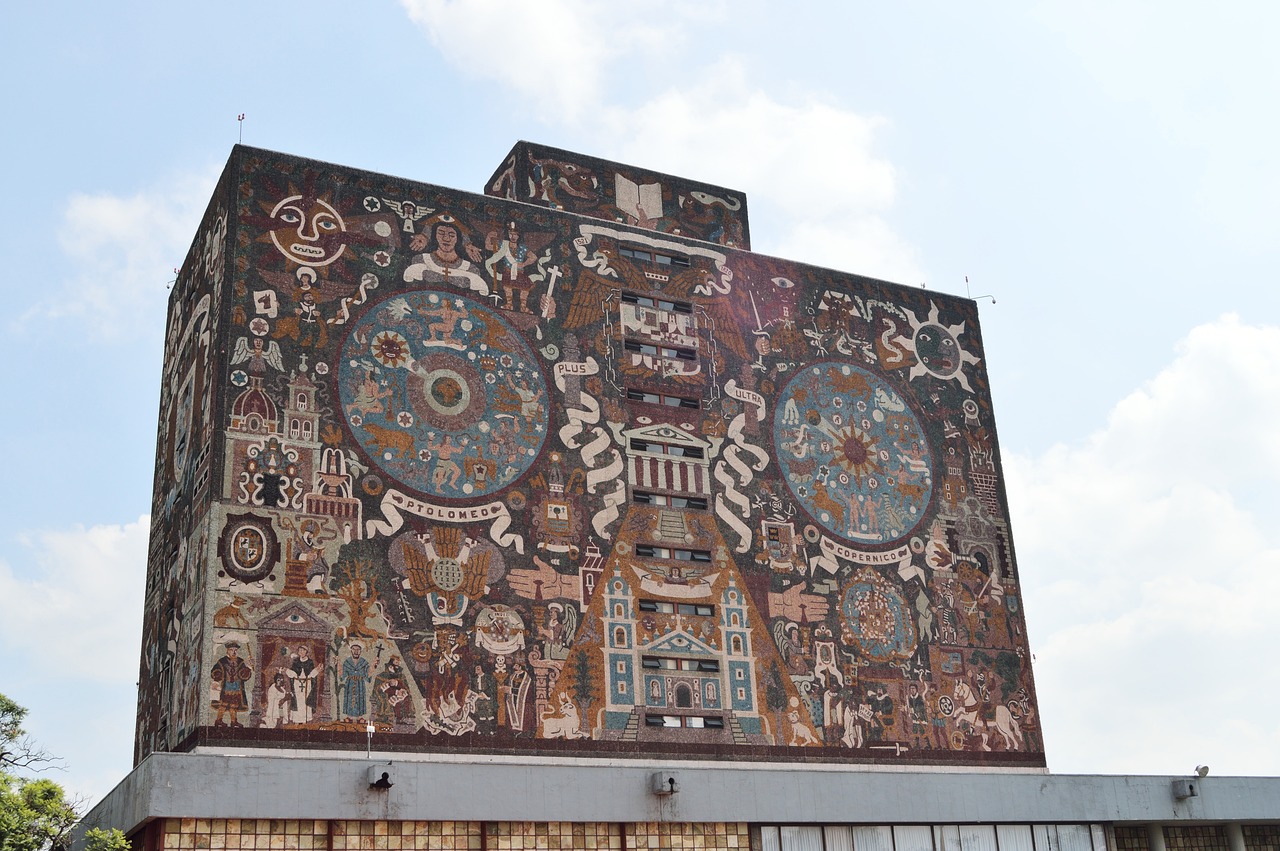
Impact of Modernization and Urban Development
When it comes to the preservation of cultural heritage, the impact of modernization and urban development cannot be overlooked. The rapid pace of modernization often brings with it challenges for local communities striving to protect their cultural heritage sites. As cities expand and infrastructure grows, historical sites and traditions are at risk of being overshadowed or even demolished in the name of progress.
Urban development, while essential for economic growth and societal advancement, can pose a threat to the authenticity and integrity of cultural heritage sites. As skyscrapers rise and highways expand, the unique character and historical significance of these sites may be compromised, leading to a loss of identity and connection to the past.
Moreover, the influx of modern amenities and technologies can alter the traditional way of life in local communities, impacting the practices and rituals that have been passed down through generations. As lifestyles evolve and adapt to contemporary trends, there is a risk of cultural heritage becoming marginalized or forgotten in the face of rapid urbanization.
Local communities often find themselves at a crossroads, torn between embracing modernization for economic opportunities and preserving their cultural heritage for future generations. Balancing the need for development with the imperative of safeguarding cultural identity requires careful planning, community engagement, and sustainable practices that honor the past while embracing the future.
Ultimately, the impact of modernization and urban development on cultural heritage is a complex issue that requires thoughtful consideration and proactive measures to ensure that the rich tapestry of history and tradition is preserved amidst the ever-changing landscape of progress.
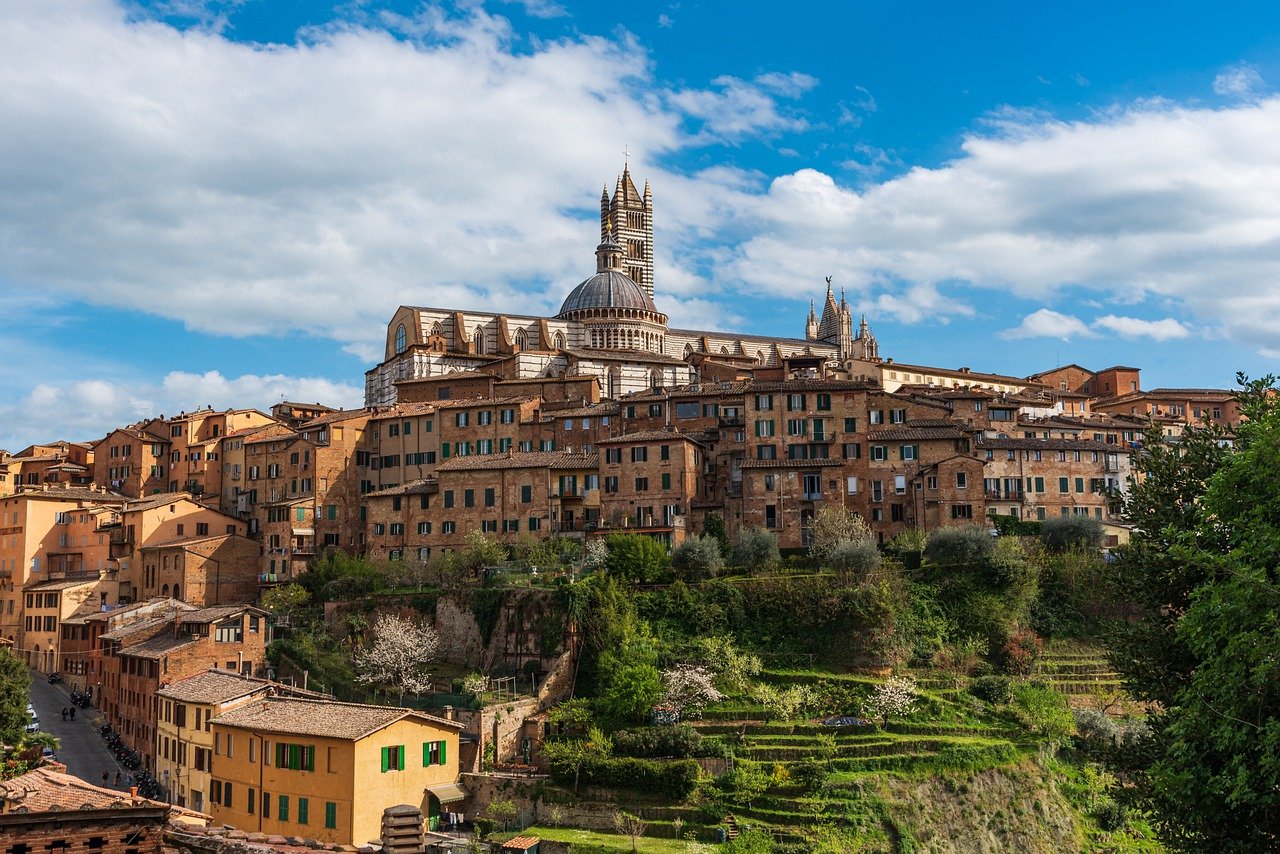
Success Stories of Community-Led Conservation
Community-led conservation initiatives have proven to be powerful forces in preserving cultural heritage sites around the world. These success stories exemplify the dedication and passion of local communities in safeguarding their rich history and traditions. One notable example is the restoration of an ancient temple in a small village in India, where the community came together to raise funds, mobilize resources, and actively participate in the renovation process.
Through their collective efforts, the temple was not only restored to its former glory but also transformed into a vibrant cultural hub for the village. The project not only preserved the physical structure of the temple but also revitalized the local economy through increased tourism and cultural events.
Another inspiring success story comes from a remote island community in the Pacific, where residents took it upon themselves to protect a centuries-old archaeological site from looting and degradation. By establishing community patrols and raising awareness among the younger generation, the site was safeguarded for future generations to appreciate and cherish.
These success stories highlight the immense impact that community-led conservation can have on preserving cultural heritage for years to come. By engaging local residents in the protection and promotion of their heritage, these initiatives not only ensure the physical conservation of sites but also foster a sense of pride, identity, and connection to the past.

Empowering Communities for Sustainable Preservation
Empowering local communities is essential for the sustainable preservation of cultural heritage. By providing communities with the tools and knowledge to protect and maintain their heritage sites, we can ensure that these valuable assets are safeguarded for future generations. Capacity building plays a crucial role in empowering communities, equipping them with the skills and resources needed to take an active role in conservation efforts.
Education is a key component of empowering communities for sustainable preservation. Through educational programs, community members can learn about the significance of cultural heritage sites and the importance of preserving them. By raising awareness and instilling a sense of pride in their heritage, communities are more likely to be actively involved in conservation projects.
Collaboration is another vital aspect of empowering communities. By fostering partnerships between local communities, governmental authorities, NGOs, and international organizations, we can create a network of support for conservation initiatives. These collaborative efforts enable communities to access resources, expertise, and funding that may not be available to them individually.
Empowerment also involves giving communities a voice in decision-making processes regarding the preservation of cultural heritage. By involving community members in planning and implementation, we ensure that their perspectives and values are taken into account, leading to more effective and sustainable conservation practices.
Ultimately, empowering communities for sustainable preservation is not just about protecting physical structures; it is about preserving identities, traditions, and stories that are integral to a community's cultural heritage. By investing in the empowerment of local communities, we invest in the preservation of our shared history and heritage for generations to come.

Education and Awareness Programs
Education and awareness programs play a crucial role in engaging local communities in the preservation of cultural heritage. By providing information and knowledge about the significance of heritage sites and traditions, these programs help foster a sense of appreciation and responsibility among community members. Through interactive workshops, guided tours, and educational materials, such initiatives aim to raise awareness about the importance of safeguarding cultural assets for future generations.
Furthermore, education programs can empower individuals to become advocates for cultural heritage preservation within their communities. By instilling a deeper understanding of the value of heritage sites, these programs inspire local residents to take an active role in conservation efforts. Through storytelling, hands-on activities, and cultural events, education initiatives create opportunities for community members to connect with their heritage on a personal level, fostering a sense of pride and ownership.
In addition to raising awareness, education programs also serve to bridge generational gaps and transfer traditional knowledge to younger community members. By involving children and youth in heritage preservation activities, these programs ensure the continuity of cultural practices and traditions. Through engaging and interactive learning experiences, young individuals develop a sense of identity rooted in their cultural heritage, strengthening the fabric of local communities.
Collaboration with schools, universities, museums, and cultural institutions is essential in delivering effective education and awareness programs. By leveraging the expertise and resources of these organizations, community-led initiatives can reach a wider audience and create lasting impact. Through partnerships with educational institutions, programs can be tailored to meet the specific needs and interests of diverse community groups, ensuring inclusivity and accessibility.
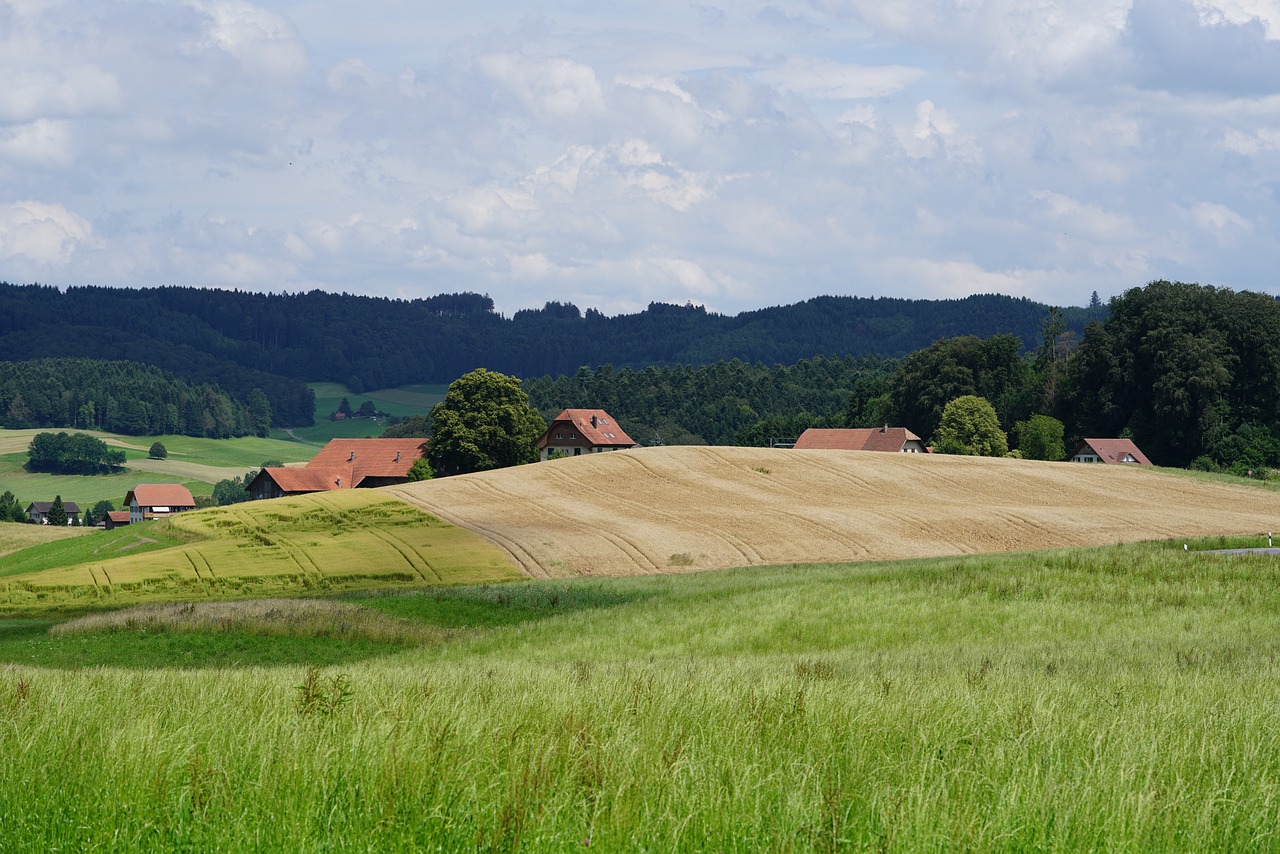
Collaborative Partnerships for Conservation
Collaborative partnerships for conservation are essential in the effort to safeguard cultural heritage for future generations. By joining forces with governmental authorities, NGOs, and international organizations, local communities can implement sustainable conservation practices that ensure the long-term preservation of heritage sites and traditions.
These partnerships bring together a diverse range of expertise and resources, allowing for a more comprehensive approach to conservation efforts. Governmental authorities can provide regulatory support and funding, while NGOs and international organizations bring specialized knowledge and technical assistance to the table.
Through collaborative partnerships, local communities can benefit from capacity building programs that enhance their skills in heritage preservation. Training workshops, educational seminars, and skill-sharing initiatives empower community members to take an active role in protecting and promoting their cultural heritage.
Moreover, collaborative partnerships foster a sense of shared responsibility and collective action among stakeholders. By working together towards a common goal, communities, governments, and organizations can create a unified front against threats to cultural heritage, such as urban development, climate change, and looting.
These partnerships also facilitate the exchange of best practices and innovative approaches to conservation. By learning from each other's experiences and successes, stakeholders can adapt strategies to suit their unique cultural contexts and challenges.
In conclusion, collaborative partnerships for conservation are instrumental in ensuring the sustainable preservation of cultural heritage. By fostering cooperation and mutual support among diverse stakeholders, these partnerships pave the way for a future where heritage sites and traditions are cherished and protected for generations to come.
Frequently Asked Questions
- What role do local communities play in protecting cultural heritage?
Local communities play a vital role in safeguarding and preserving cultural heritage sites and traditions. Their active participation leads to a sense of ownership, pride, and responsibility, ensuring the sustainability of these valuable assets for future generations.
- What are some challenges faced by local communities in protecting cultural heritage?
Local communities encounter obstacles such as financial constraints, resource limitations, modernization, urban development, and the threat of natural disasters. These challenges impact their ability to maintain and protect cultural heritage sites.
- How can communities be empowered for sustainable preservation of cultural heritage?
Empowering local communities involves strategies such as capacity building, education, and fostering partnerships between communities, governments, and organizations. Collaborative efforts and education programs play a crucial role in engaging communities in heritage preservation.














